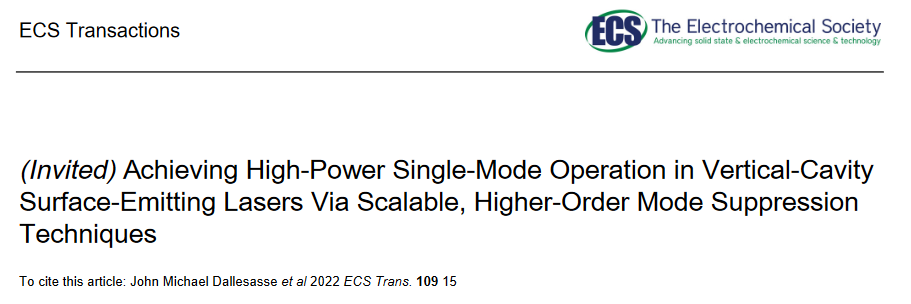Achieving high-power single-mode operation in Vertical-Cavity Surface-Emitting Lasers (VCSELs) has received renewed interest due to performance needs driven by facial recognition and 3D imaging in mobile telephones. Two distinct mode control methods that rely on exploiting the spatial field distribution of optical transverse modes to achieve high-power single-mode operation in VCSELs will be discussed. The first method uses a surface-deposited optical coating of multilayer SiO2/TiO2 or single-layer silicon to achieve single-mode emission. The capability to pattern these layers in a wafer-scale process makes this method attractive for high-volume manufacturing. The second method utilizes impurity-induced layer disordering (IID) to selectively intermix the top distributed Bragg reflector (DBR) in a VCSEL, thereby creating a mirror whose reflectivity spatially varies across the aperture. Using these techniques, single-mode output power in excess of 10 mW has been demonstrated with side-mode suppression ratios in excess of 35 db.

